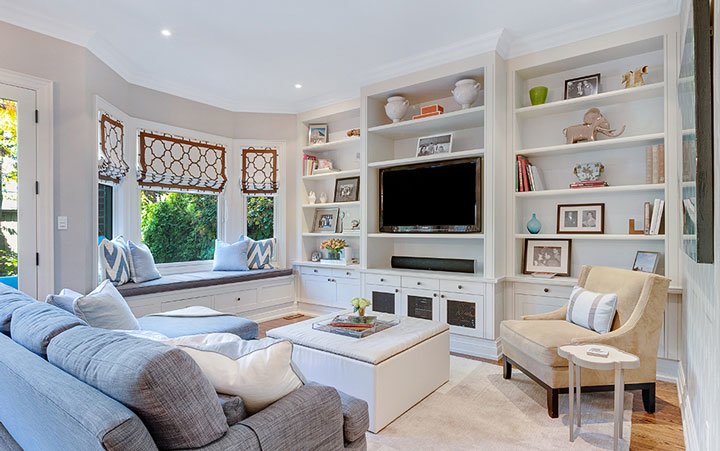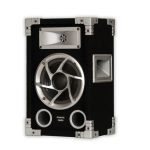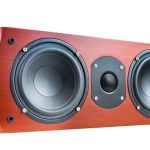If you’re setting up a home theater system or home studio, then room acoustics matter a lot. A home theater can be used for the best movie and gaming experience, whereas a home studio can be used for recording music at home. Whether you need a professional home studio or setting up a home studio for fun, you need the best room acoustics, and the same case applies to a home theater room. Without good room acoustics, your sound experience will be destroyed by echoes, unwanted reflections, and external noise. Thus, what can you do to improve room acoustics for the best sound? There’re certain things you can do to make a space suitable for the best sound experience. With that said, read on to learn how to improve room acoustics for the best sound.
What affects room acoustics in sound reproduction?
The kind of sound you hear in a room is affected by several factors including:
1. Reflections
When listening to an audio track, the sound you hear within the listening space is usually comprised of sound waves that come directly from the speaker and the sound waves reflected by physical surfaces such as the walls and furniture items.
The sound that gets reflected by a surface can be either great or terrible. For instance, sound reflections tend to make dialogue from films and movies deeper. Think about a moment when you tried listening to a music system outdoors. You may have failed to get the best sound and wondered whether all the bass and dialogue are disappearing into thin air. Well, what happens in an open space is that there’re no reflection surfaces to reflect sound such that it gets lost in the open space.
On the other hand, bad reflections happen when they introduce unwanted sound, thereby making the sound feel distorted. For instance, reflections that override frequencies distort the sound such that bass may become muddy whereas mid-range may have echoes. You might feel some frequencies are being drowned by others. The result is poor sound as a result of terrible reflections.
2. Size of a room
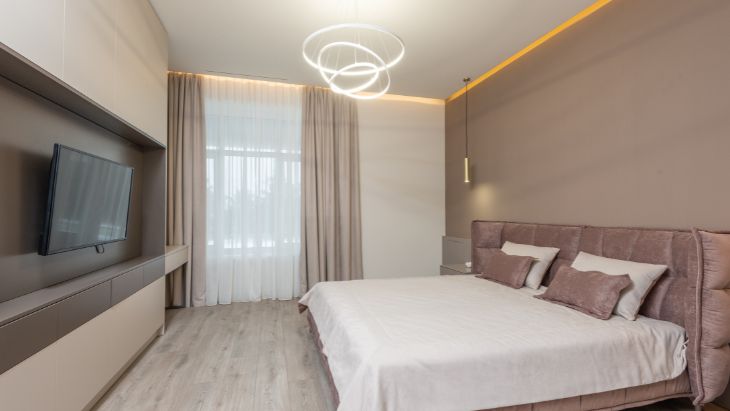
The size of a listening room also impacts the kind of sound frequencies that speakers reproduce. The width and length of a room affect the sound in an issue known as a standing wave. A standing wave usually develops when the initial sound comes from a speaker and the reflected version of the sound reinforce each other. For instance, in a narrow listening space, a sound wave may bounce off the walls and the reflected wave travels back along the same path as the initial wave. This occurs in a repeated cycle. As such, low frequencies become exaggerated.
3. Construction of the room
Extremely deep low frequencies can make a room’s ceiling and walls move upon flexing. This phenomenon is known as diaphragmatic action. If the walls and ceiling of a room are constructed with solid material such as brick plastered with concrete, flexing, and vibration of such surfaces will be minimal. As such, you’ll get deeper bass. However, if the walls, roofing, and floor are constructed with sheets and wood, there’ll be more flexing and vibration, leading to poor low frequencies.
With that said, there’re certain things you need to do to improve room acoustics for the best sound. You can do the following:
Choose the Best Room
First and foremost, improving room acoustics demands having a room with non-reflective roofing, floor, and walls. Reflections can be further stopped by having sloping walls and ceilings. Such surfaces ensure that sound reflections don’t build up to cause distortion. If you’re setting up a home studio or home theater, then you should choose a rectangular room rather than a square one.
Also, larger and asymmetrical rooms are better than smaller, cubic ones. Larger, asymmetrical rooms allow for an enhanced sound experience. This is because their dimensions are dissimilar and wouldn’t interfere a lot with sound waves. The problem with smaller, cubic rooms is that they distribute sound poorly, leading to distortion.
The best room should be located away from external noises. For instance, it should be away from road noise and noise from mowers and birds. Rooms located on the ground floor are usually better than those located on the upper floors. This way, you’ll also avoid making noise to other people, and that’s why you should soundproof the room, especially when it’s not isolated.
Treat the Room with Absorption Materials
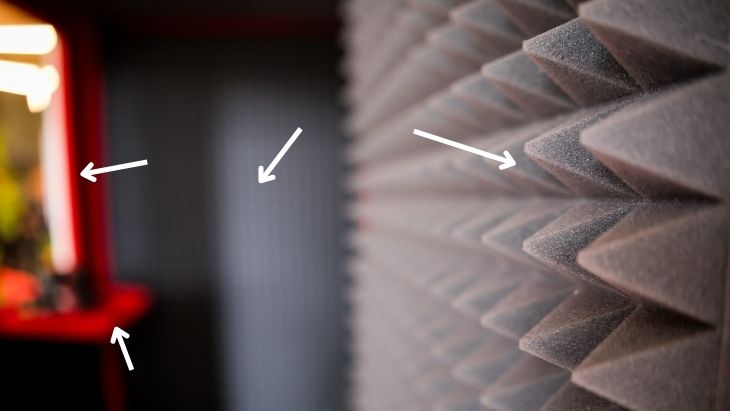
When dealing with echo, you need to control the sound reflections that occur from parallel walls. When a speaker produces sound, what you hear is the sound coming directly from the speaker in combination with the reflections that come from hard surfaces in the room such as walls and furniture. You need to control the unwanted reflections that distort sound for an enhanced listening experience. You can do this by adding sound absorption materials.
The most popular choices for sound absorption are dense and porous materials such as fiberglass and foam-based materials. Such materials are specially designed to absorb sound waves. They do so by converting sound waves into heat. As the sound waves pass through the material, they drive air particles into motion, thereby leading to friction and hence heat generation.
While treating a room with sound absorption materials controls unwanted reflections, it doesn’t control all acoustic issues in the space. Using these materials excessively might also lead to additional acoustic issues. What you should do is balance the extent and frequency of sound absorption to get the best bass and absorb extreme highs.
Ensure wide glass surfaces are covered with dense drapes. Also, there’re specific surfaces you should treat and not everything. For instance, if your floor has a carpet, then you don’t have to treat it since carpeting itself is a form of acoustic treatment. However, if the floor is a bare, hard surface, then you need to add a dense carpet. Drywalls should also be treated with dense drapes. However, the room should not be extremely treated since it would absorb all the dialogue and only reflect bass. On the other hand, if drywall is not treated, the sound would have too much of echoes and brightness. Thus, you need to create a balance when treating the room with sound-absorbing materials.
Treat the Room with Diffusion Materials
If a room is large, then it’ll need diffusion materials to deaden the room. Diffusion materials work by breaking up standing sound waves and reflecting them at dissimilar angles. These materials come in the form of panels. They’re usually mounted on the ceiling and walls as needed.
It’s also worth noting that walls facing opposite each other cause repetitive reflections. These repetitive reflections are referred to as flutter echoes. They lead to the reproduction of sound waves that add unwanted frequencies to the original sound. Diffusers eliminate flutter echoes by getting rid of the repetitive reflections.
Eliminate Vibrating Items
Another trick for improving room acoustics is eliminating all hard surfaces that may be vibrating in the room. For instance, minimize hard items such as wall pictures and table lumps. You’d rather keep them in another room. Items with hard surfaces can reflect sound and lead to unwanted frequencies and echoes. The room should only have the most essential items. It should be well arranged without any clutter for clean sound.
Also, ensure the speakers are properly placed in the room. Avoid placing speakers too close to the wall or furniture since such surfaces may lead to reflections and unwanted echoes. Try to adjust speaker positions while listening to a soundtrack until you find the best position.
Also Read: Tips for Subwoofer Placement Behind Couch
In conclusion….
Getting the best sound demands having the best room acoustics. The kind of sound you’ll get is directly influenced by the nature and kind of room you have chosen to set up your home studio or home theater. Even if you invest in the best speakers, you won’t get the best sound without good room acoustics. Thus, follow the tips in this article to improve room acoustics and enjoy a better listening experience.
Michael Evanchuk is a San Francisco-based sound engineer with 20 years’ experience installing, troubleshooting, and repairing commercial, automotive, and household sound equipment. Evanchuk owns an auto stereo center, where he offers highly competitive car audio installation and repair services. He has written dozens of articles on different sound engineering topics, all of which have been published in leading journals, blogs, and websites.

